“Keep Calm and Carry On, this is just a test” - that is the clear message from the Deputy Prime Minister on the day of the nationwide test of the national Emergency Alerts system.
Officials from the Cabinet Office National Situation Centre will send out the alert at 3pm and it will be received by every 4G and 5G device across the United Kingdom.
A major awareness campaign was launched to ensure the public knew about the test of the system, with new polling on Friday showing 88% of the British public were now aware.
The system will be an additional tool in the national resilience toolkit when there is an imminent risk to life.
Announcements and signage across the transport network will be in place in the run-up to the test. The alert will be a siren-like sound no more prominent than the loudest ringtone setting on a mobile phone.
People are being urged to remember that this is just a test, akin to a one off fire alarm drill, and no action is required when they receive the test alert today.
Deputy Prime Minister and Chancellor of the Duchy of Lancaster, Oliver Dowden, said:
“Keep Calm and Carry On – that is the British way and it is exactly what the country will do when they receive this test alert at 3pm today.
“The Government’s number one job is to keep people safe and this is another tool in the toolkit for emergency situations, such as flooding or wildfires, and where there is a genuine risk to life. So it really is the sound that could save your life.
“I would encourage people to remember that today it is just a test; there is no need to take any action and you can simply swipe it away as you would any other message you receive.”
The test will be sent using mobile broadcasting technology which uses cell towers rather than SMS. The test is secure, free to receive and one-way, and does not reveal anyone’s location or collect personal data.
The sound and vibration of the test alert will stop automatically after ten seconds. All people need to do is swipe away the message or click ‘OK’ on their phone’s home screen - just like for a ‘low battery’ warning or notification - and continue to use their phone as normal.
The test message will say:
“This is a test of Emergency Alerts, a new UK government service that will warn you if there’s a life-threatening emergency nearby.
“In a real emergency, follow the instructions in the alert to keep yourself and others safe.
“This is a test. You do not need to take any action.”
Best practice of Emergency Alerts in other countries have shown that they work more effectively when there is a real emergency if people have previously received a test, so they know what an alert looks and sounds like.
Emergency Alerts have already been used successfully in a number of countries, including the US, Canada and Japan, where the system has been widely credited with saving lives, for example, during severe weather events. In the UK, alerts could be used to inform people about wildfires or severe flooding.
The Government has worked together with the emergency services and partners, including the Football Association and London Marathon, to make sure the UK-wide test has minimum impact on major events taking place today.
Chief Fire Officer for Hertfordshire, and Resilience Lead on the National Fire Chiefs Council, Alex Woodman, said:
“Whilst today’s ten second national test may be inconvenient for some, please forgive the intrusion, because the next time you hear the alert, your life and the lifesaving actions of our emergency services could depend on it. We must use every tool at our disposal to keep people safe and we need everyone to play their part. The new Emergency Alerts system is one way we can do this.”
National Police Chiefs’ Council Lead for Civil Contingencies, Assistant Chief Constable Owen Weatherill said:
“During times of crises, it’s vital to warn and inform the public at speed. We look forward to further developing the use of the Emergency Alerts capability and the way it can protect and preserve life, as well as supporting policing’s wider response to critical incidents with partner agencies. Alongside partners, we will continue to listen carefully to public feedback and ensure the use of Emergency Alerts has a positive impact.”
Emergency Alerts will transform the UK’s warning and informing capability; working with mobile broadcasting technology provides a means to get urgent messages quickly to nearly 90 percent of mobile phones in a defined area when there is a risk to life, and provide clear instructions about how best to respond.
The system will be used very rarely – only being sent where there is an immediate risk to people’s lives – so people may not receive an alert for months or years, if at all.
You can find out further information on Emergency Alerts at:


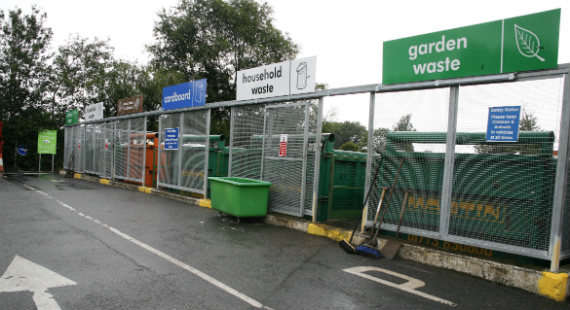 Household waste recycling centres – Advice for visiting during Easter period
Household waste recycling centres – Advice for visiting during Easter period
 AstraZeneca workers toy drive to support Children’s Ward at Macclesfield Hospital
AstraZeneca workers toy drive to support Children’s Ward at Macclesfield Hospital
 Council appoints new executive director of children’s services
Council appoints new executive director of children’s services
 99% of Cheshire East parents secure preferred primary school place
99% of Cheshire East parents secure preferred primary school place
 Young Northwich and Winsford to join globally inspired Carnival
Young Northwich and Winsford to join globally inspired Carnival
 Government approves major funding for state-of-the-art Leighton Hospital facility
Government approves major funding for state-of-the-art Leighton Hospital facility
 Teenager sentenced for stabbing another boy in Congleton
Teenager sentenced for stabbing another boy in Congleton
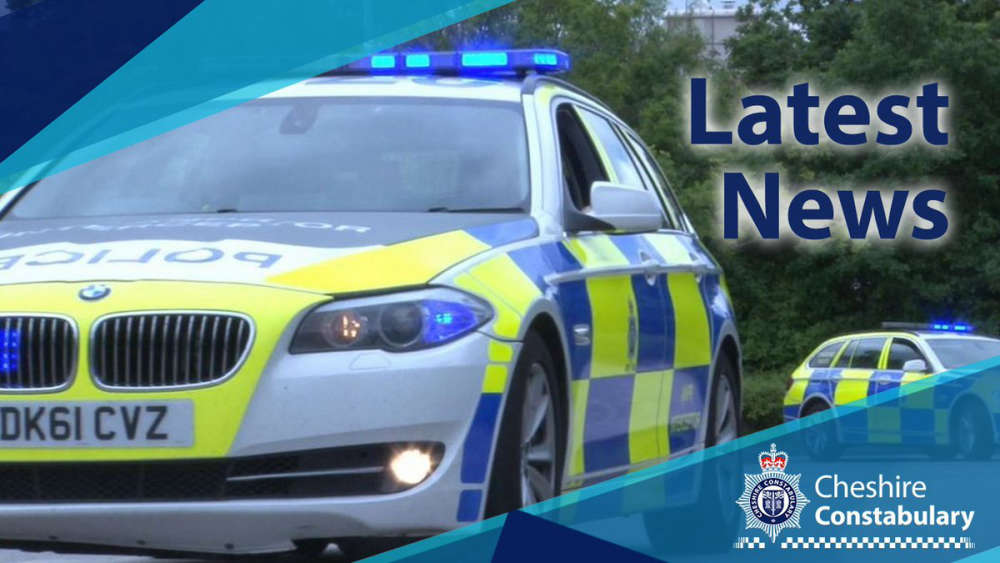 Appeal for witnesses and footage following collision in Alderley Edge
Appeal for witnesses and footage following collision in Alderley Edge
 Man jailed for murder following stabbing in Northwich
Man jailed for murder following stabbing in Northwich
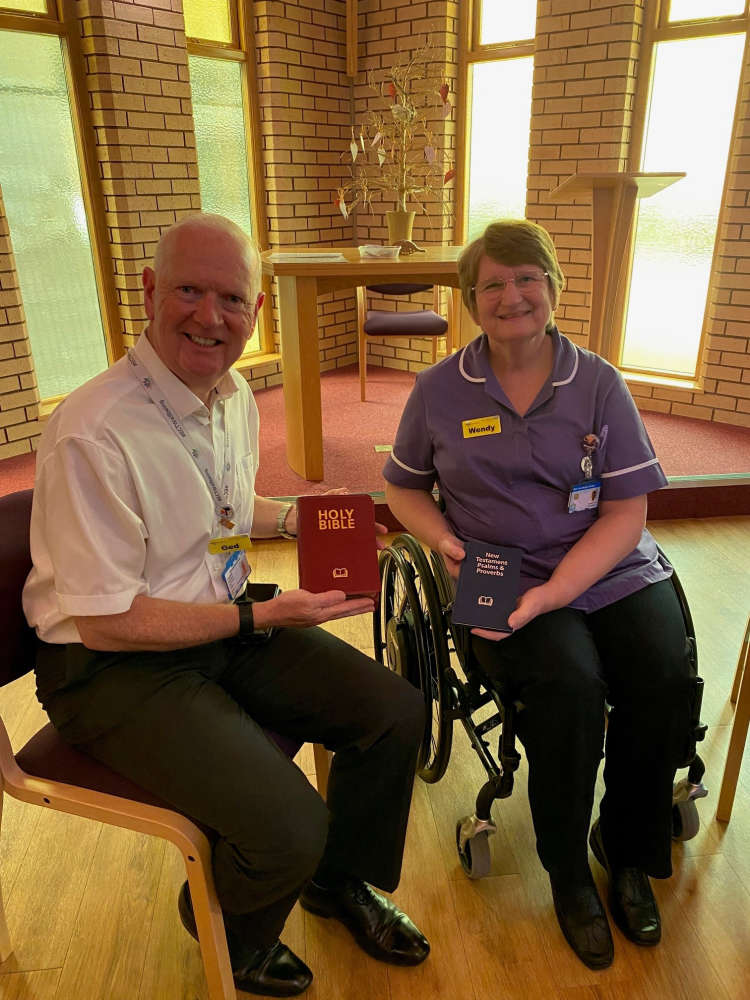 Bedside Bibles return to Macclesfield Hospital in time for Easter
Bedside Bibles return to Macclesfield Hospital in time for Easter
 Cosmic Threads: 80 Years of Discovery
Cosmic Threads: 80 Years of Discovery
 New stalls available at Macclesfield Market Hall
New stalls available at Macclesfield Market Hall
 Council sets sights on major new trail to boost health, wellbeing and visitor economy
Council sets sights on major new trail to boost health, wellbeing and visitor economy
 Knutsford Town Council renews partnership with The Royal Cheshire County Show
Knutsford Town Council renews partnership with The Royal Cheshire County Show
 Major new trail to boost health, wellbeing and visitor economy
Major new trail to boost health, wellbeing and visitor economy
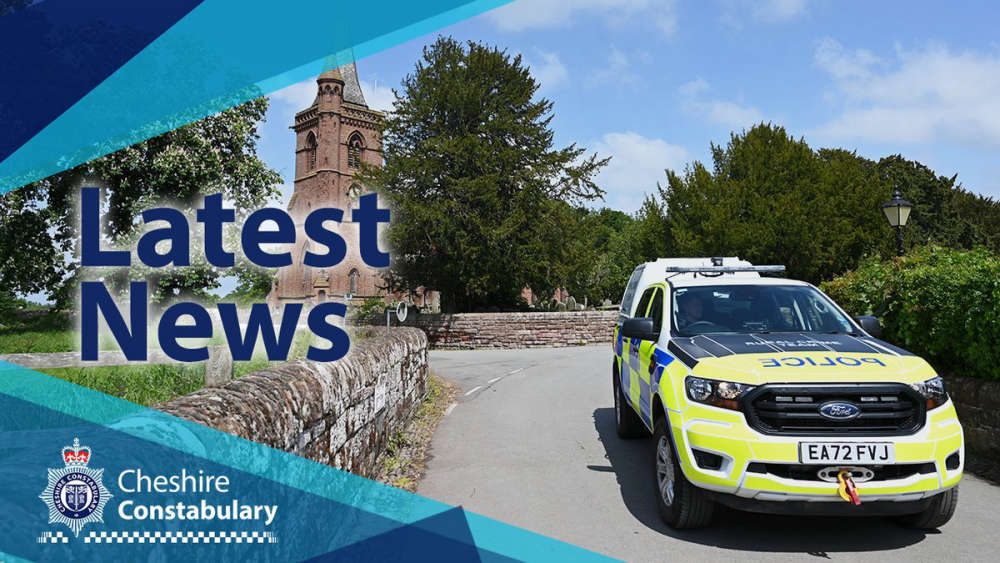 More than 60 premises targeted across Cheshire as part of NCA-coordinated crackdown
More than 60 premises targeted across Cheshire as part of NCA-coordinated crackdown
 Appeal for witnesses and footage following collision on M6
Appeal for witnesses and footage following collision on M6
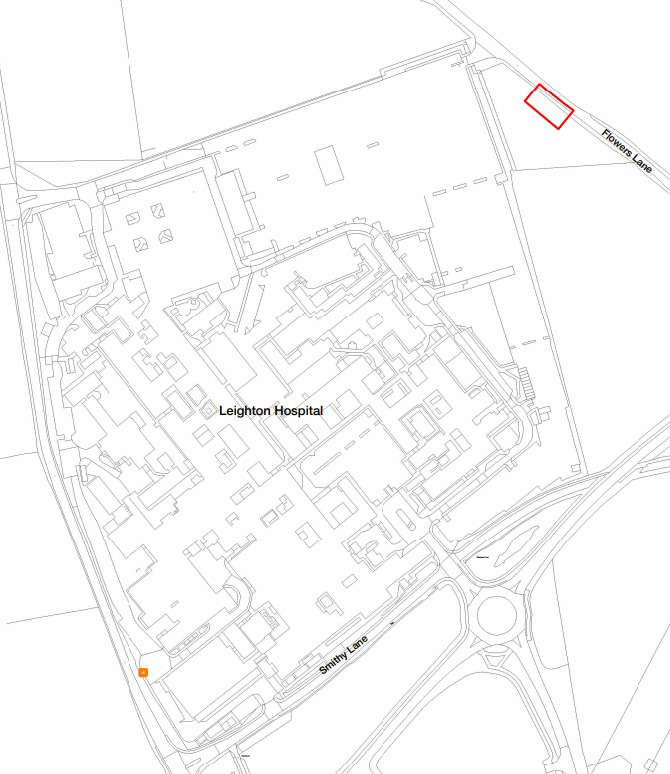 Laying the foundations for Mid Cheshire’s new hospital
Laying the foundations for Mid Cheshire’s new hospital
 Police release CCTV following Macclesfield shop theft
Police release CCTV following Macclesfield shop theft


Comments
Add a comment